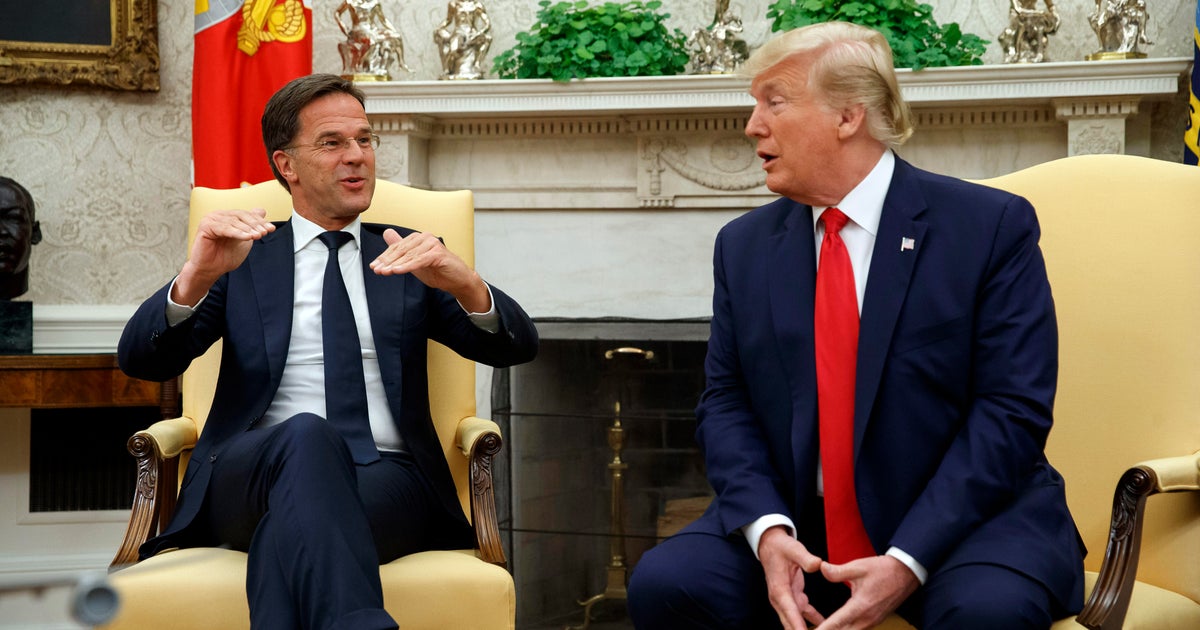Canada wants 12 new submarines to bolster Arctic defense as NATO watches Russia and China move in
Canada plans to acquire a dozen new submarines capable of traveling under sea ice as part of efforts to bolster the defense of the country's vast Arctic coastal region, the Canadian defense ministry announced last week.
"A larger modernized submarine fleet will help us detect and deter threats on all three coasts and protect Canadians and Canadian interests," Prime Minister Justin Trudeau said last week at the NATO summit in Washington.
Climate change has sped up the melting of sea ice in the Arctic Ocean, which is slowly opening up new shipping routes that Western powers worry adversaries could use for both economic and military purposes.
The so-called Northern Sea Route could become the most efficient shipping route between Europe and Asia by 2050, the Canadian Department of National Defence said in a recent statement.
Canada's military noted "a growing number of Chinese dual-purpose research vessels and surveillance platforms collecting data about the Canadian North," in addition to increased Russian activity in the Arctic region.
China has rapidly expanded its own underwater fleet, and Russian submarines continue to collect intelligence in Arctic waters, the defense ministry said.
As CBS News has reported, Russia has ramped up military operations in the Arctic Circle, including tests of advanced hypersonic missiles. Several years ago, a Russian natural gas tanker completed an experimental round trip along the Northern Sea Route, which connects Western Europe and the Atlantic Ocean to East Asia.
"They've been quite eager to develop this Northern Sea Route," Dmitry Gorenburg, a senior research scientist at the Center for Naval Analyses, told CBS News. He said Russia had visions of using the route, which runs through Russia's Exclusive Economic Zone, as an alternative to the southern routes via the Suez or Panama Canals. The Arctic route can cut transit times down by as much as 20 days.
Currently, the Northern Sea Route is only navigable for a limited time every year, during ice-free periods. But as the polar ice caps continue to melt, some estimates suggest the route could become consistently ice free in less than two decades.
Canada's updated national defense policy, released in April, takes these looming changes into account and details the country's plans to increase its military presence in the Arctic to mitigate potential threats.
Canada's new submarines will be used to "detect, track, deter and, if necessary, defeat adversaries" in the country's waters, the defense ministry said in a statement.
"This new fleet will enable Canada to protect its sovereignty in a changing world, and make valuable, high-end contributions to the security of our partners and NATO Allies," Canada's defense minister Bill Blair said in the statement.
The Canadian defense policy notes that NATO has focused increasing attention on Russia's ability to project force from its Arctic territory into the North Atlantic.
Russia's growing presence in the Arctic will have an indirect impact on U.S. national security, according to analyst Gorenburg.
"It affects U.S. security largely because of potential threats to NATO and the alliance structure," he said, noting a hypothetical Russian attack on alliance allies Finland or Norway as potential examples of what could draw Washington into a conflict.
This week, Canada, the United States and Finland announced a trilateral partnership "to continue building best-in-class Arctic and polar icebreakers and other Arctic and polar capabilities in each of our respective countries," saying the pact was about "providing the capability for like-minded nations to uphold international rules, norms, and standards to sustain peace and stability in the Arctic and Antarctic regions for generations to come."
The Canadian government has said it's already discussing its needs with manufacturers and, over the next decade or so, it also plans to modernize its existing fleet of four submarines, which were purchased from the U.K. in 1998.
Canada currently falls short of NATO's 2% of Gross Domestic Product (GDP) defense investment guideline. Blair said the country expects to hit that benchmark by 2032, however, and the Canada's defense policy aims to boost defense investment to 1.4% of GDP by 2025.
CBS News visual data journalist Taylor Johnston contributed to this report.




